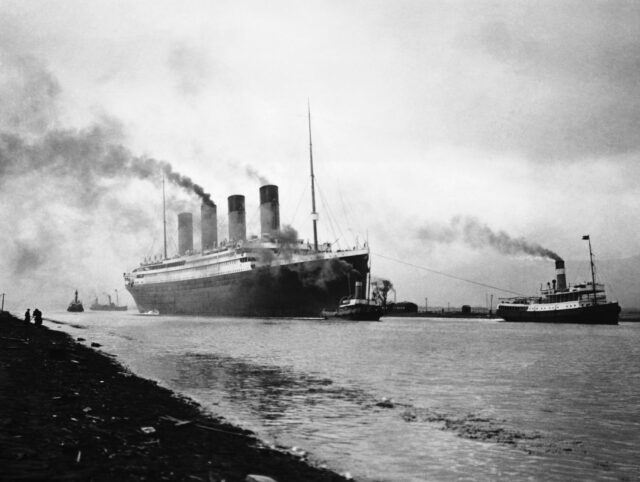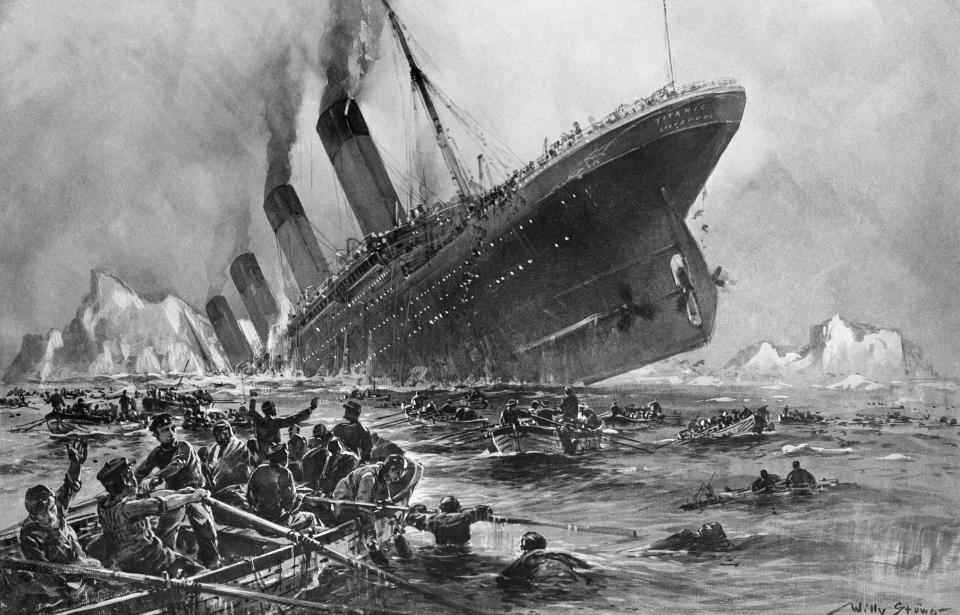The Unsinkable RMS Titanic Collides With An Iceberg
On April 14, 1912, a tragedy at sea unfolded that would capture the world’s attention and be remembered for over a century. The RMS Titanic, a marvel of modern engineering and the largest passenger liner at the time, struck an iceberg in the North Atlantic Ocean. This catastrophic event occurred during its maiden voyage from Southampton to New York City, leading to the sinking of the ship in the early hours of April 15.

The Titanic was deemed “unsinkable” by its builders and the media, a belief that contributed to the magnitude of the disaster. The ship was carrying some of the wealthiest people in the world, as well as hundreds of emigrants from Europe seeking a new life in America. Of the estimated 2,224 passengers and crew aboard the vessel, more than 1,500 lost their lives in one of the deadliest commercial peacetime maritime disasters in modern history. The tragedy was exacerbated by the lack of lifeboats, revealing inadequacies in the maritime safety regulations of the time.
More from us: Titanic II Ship – The Modern Rebirth of a Legendary Ocean Liner
Would you like to see more daily historical content from The Vintage News? What if we sent it directly to your inbox every day? Sign up here to receive our daily Today in History posts.
After the Titanic sank, it became clear there weren’t enough lifeboats for everyone onboard – a major reason why so many people died. This tragedy helped change laws to ensure ships had enough lifeboats for all passengers and crew in the future.
The story of the Titanic continues to be told in movies and books, helping us to remember those who were lost and the important lessons learned from that cold April morning.
